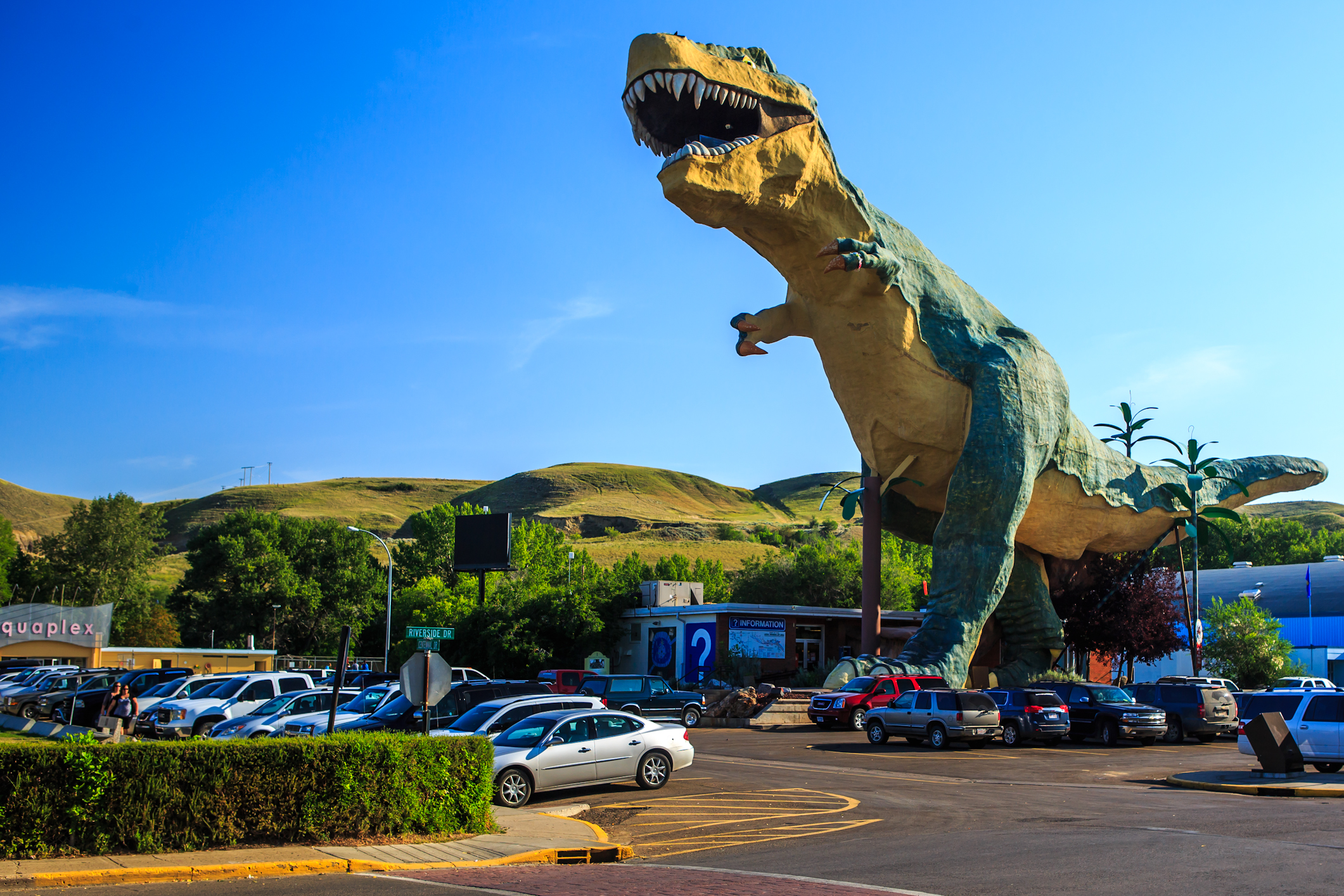Florida, the land of sunshine, citrus groves, and endless beaches, has always been a magnet for tourists. Yet, beyond the gleaming theme parks and sandy shores, there exists a different side to this state—a swampy, wild side where alligators reign supreme and the roar of swamp buggies echoes through the mangroves. It’s within this world that one of Orlando’s most resilient roadside attractions has not only survived but thrived in the face of extinction.

Table of Contents
The Rise of Roadside Attractions
In the mid-20th century, America’s highways were dotted with quirky roadside attractions that drew in curious travelers. Orlando, with its warm weather and proximity to the Atlantic coast, became a hotbed for these unusual stops. Long before the mouse took over, small attractions showcased Florida’s natural wonders, from towering cypress trees to the fearsome alligator.
These attractions were a dime a dozen, with small-time entrepreneurs capitalizing on the tourists driving down Route 441 or U.S. 17. One of these was “Gatorland,” a sprawling park dedicated to Florida’s most infamous resident—the American alligator.
The Challenge of Modernization
As the years passed, Florida’s tourism landscape began to shift dramatically. The vast, meticulously designed theme parks overshadowed the quaint roadside stops. Attractions like Gatorland found themselves struggling to compete with the immersive experiences offered by Disney and, later, Universal Studios.
The early 1980s brought even more challenges. The rise of air travel meant tourists were no longer road-tripping down the highways. Instead, they flew directly to their destinations, bypassing the roadside attractions altogether. Attendance at these smaller venues began to dwindle, and many were forced to close their doors.
Gatorland, however, was not ready to go down without a fight. The owners realized that if they were to survive in the shadow of Disney, they would need to evolve. But how does one compete with the magic of Mickey Mouse? The answer, it turned out, lay in embracing what made them unique—Florida’s wild side.
The park doubled down on its gator-themed attractions, but it also introduced a new star to the show: the swamp buggy. These monstrous, all-terrain vehicles were originally designed for traversing Florida’s marshes and swamps. With their oversized tires and loud engines, swamp buggies quickly became a hit with visitors who were looking for an adrenaline rush.
The idea was simple yet effective. While Disney offered polished rides and storybook experiences, Gatorland could provide the opposite—an off-the-beaten-path adventure through the rugged, swampy landscape of Central Florida. Visitors loved it. The swamp buggy rides became a staple of the park, giving tourists a chance to see wildlife up close while bouncing through the bogs. It wasn’t just about the gators anymore; it was about the entire ecosystem.
Embracing Conservation
Another pivotal change came with Gatorland’s shift towards conservation. As environmental awareness grew in the late 20th century, so did the public’s concern for wildlife preservation. Gatorland, once a place where gators were gawked at for entertainment, began to position itself as a sanctuary for these animals.

The park started to rescue alligators that were considered a nuisance in residential areas, providing them with a safe habitat. They also launched educational programs to teach visitors about the importance of preserving Florida’s wetlands. This move resonated with tourists who were increasingly interested in eco-tourism and responsible travel.
By positioning itself as a conservation-minded attraction, Gatorland not only attracted a new demographic of visitors but also aligned itself with the broader movement towards sustainable tourism. This strategy paid off, with the park enjoying a resurgence in popularity.
Surviving the Modern Era
As the 21st century progressed, the competition in Orlando’s tourism industry only intensified. New attractions and innovations were constantly emerging, and staying relevant became an ongoing challenge. Yet, Gatorland continued to thrive by embracing its roots and evolving with the times.
In addition to the swamp buggy rides and conservation efforts, the park also expanded its offerings with new experiences like the Screamin’ Gator Zip Line, which allows visitors to soar above the alligator enclosures. This blend of adventure, education, and a touch of danger kept the park appealing to both thrill-seekers and families alike.
The park’s ability to adapt was put to the ultimate test during the COVID-19 pandemic. With international travel at a standstill and theme parks closed, Gatorland pivoted once again. They introduced the “Social Distancing Skunk Ape,” a humorous character that roamed the park, reminding visitors to keep their distance. This lighthearted approach, combined with a focus on outdoor experiences, helped Gatorland navigate the challenges of the pandemic and emerge stronger than ever.
A Testament to Resilience
Today, Gatorland stands as a testament to the resilience of Florida’s roadside attractions. While many have faded into obscurity, Gatorland has managed to carve out a niche for itself, offering a unique blend of old-school charm and modern-day thrills. The park’s success story is a reminder that with the right mix of innovation and staying true to one’s roots, it’s possible to survive—even in the shadow of giants like Disney.
In a world where attractions are increasingly polished and manufactured, Gatorland offers something different. It’s a place where the wild side of Florida is celebrated, where the roar of swamp buggies and the snap of alligator jaws remind visitors that adventure still exists in its rawest form.
Let me know if you need any adjustments!








